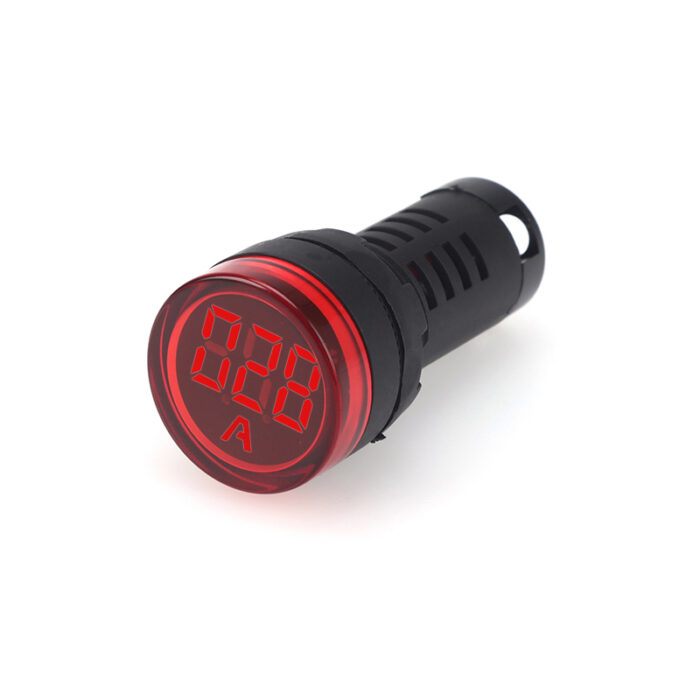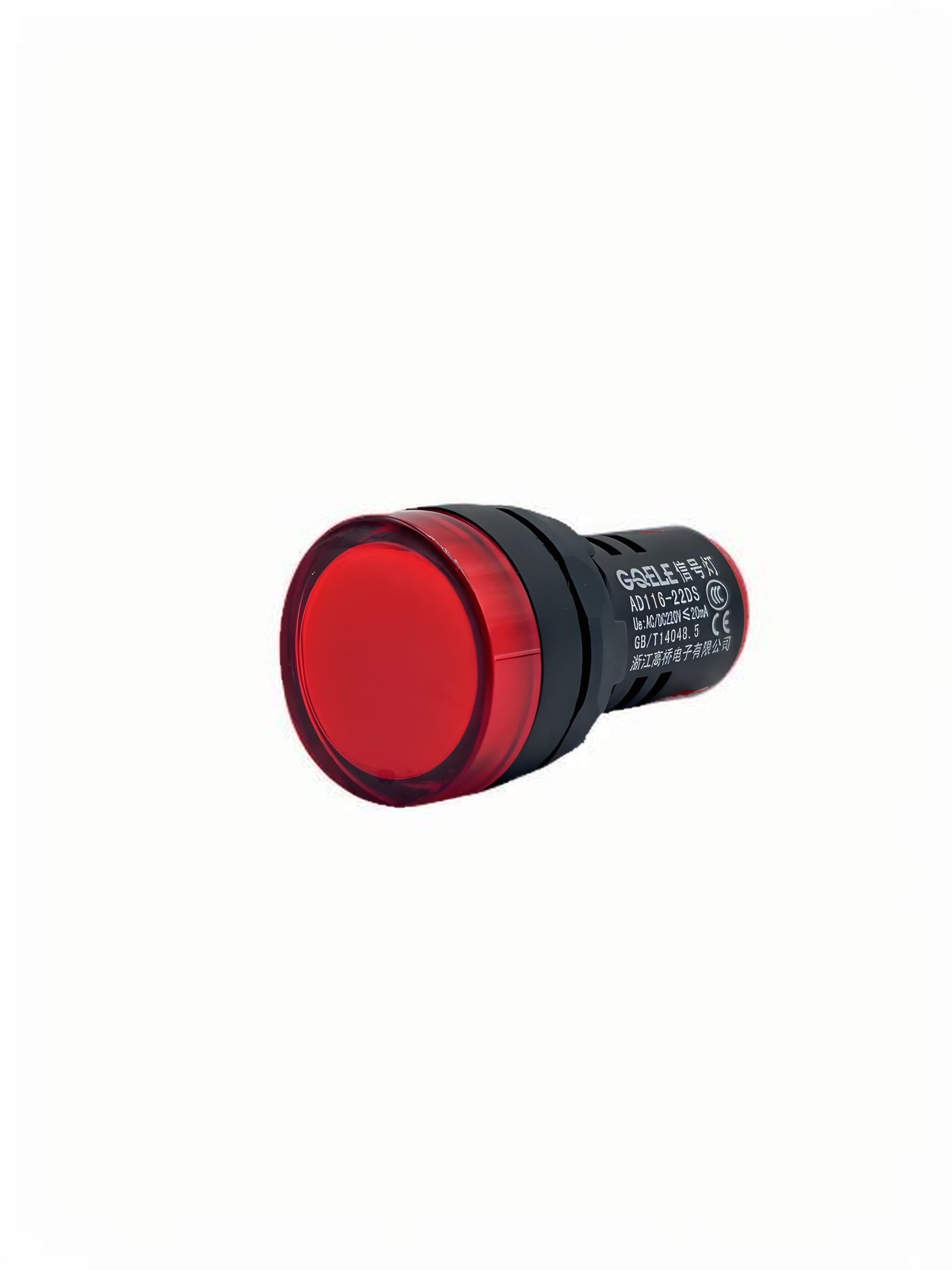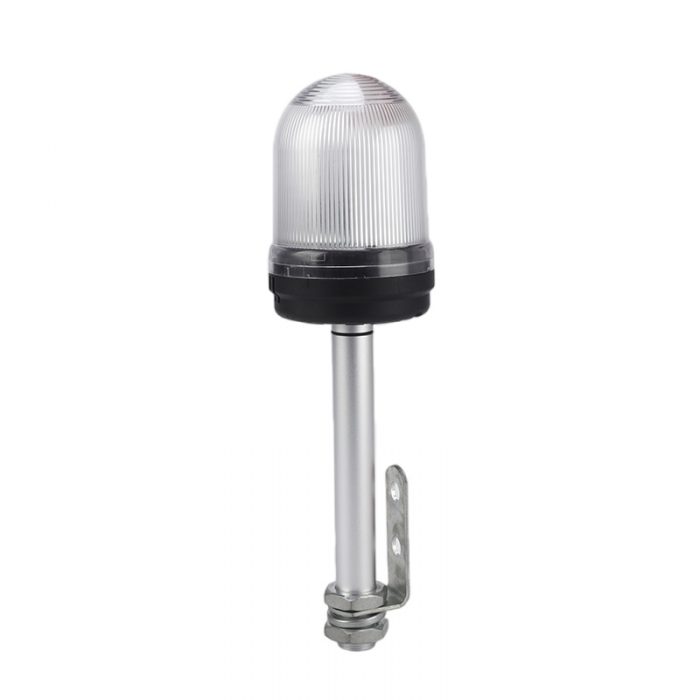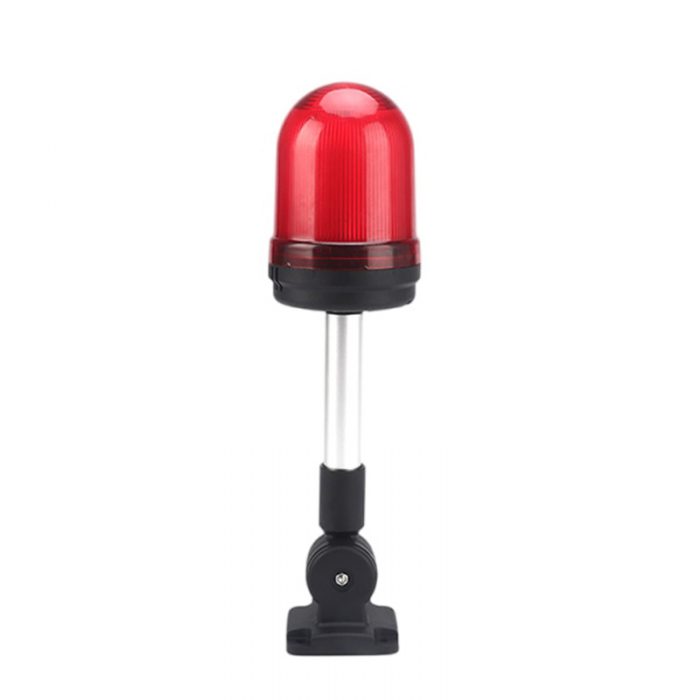Светодиодный индикатор оповещает пользователей о состоянии питания и предупреждает о неисправности или предоставляет обратную связь о работе устройств. Цель этой статьи — представить основные соображения, которые следует учитывать при поиске светодиодного индикатора. Мы обсудим рабочий процесс светодиодных индикаторов, процесс подключения светодиодов , типы и многое другое. Так что оставайтесь на связи!

Рисунок № 1. Светодиодные индикаторы
1) Что такое светодиодный индикатор?
«Светодиодные индикаторные лампы — это диоды, излучающие свет и имеющие крошечные размеры, которые используются для подачи сигналов и обеспечения обратной связи в различных системах и устройствах».
Потребность в электроэнергии легко преобразуется в свет, что делает его хорошим дисплеем информации с минимальным потреблением энергии. Можно сказать, что эти огни могут служить многим целям, например, показывать, включено ли устройство или нет, заряжать его и предупреждать, когда что-то не так.

Рисунок № 2 Светодиодные фонари
Более того, эти индикаторы также используются для отображения того, что определенная функция выполняется во многих электронных устройствах, приборах и даже машинах. Например, зеленые светодиоды могут использоваться для указания того, что устройство находится в хорошем рабочем состоянии, а красные светодиоды могут указывать на низкий заряд батареи или ошибку.
Кроме того, светодиоды энергоэффективны, имеют относительно долгий срок службы и надежны – возможно, поэтому они так популярны. Они также бывают разных цветов, форм и размеров, что делает их применимыми во многих местах, таких как транспортные средства, компьютеры, медицинские и промышленные устройства.
Their design and size make them applicable to modern structures. Unlike conventional bulbs, LED lights do not generate heat and are non-frangible which guarantees the lights an elongated service time. In designer products or complex technologies, LED indicator lights are exceptional, dependable devices for relaying information.
2) How does an LED indicator light work?
The demand for LED indicator lights can be traced back to the ability of a semiconductor to give off light when powered through an electrical current.
Each LED (Light Emitting Diode) consists of two layers of a semiconductor. One layer is negatively charged by an excess of electrons, while the other layer has a shortage of electrons rendering it positively charged. Once the LED receives power, electricity initiates the electrons to be transferred across from the negatively charged layer to the positively charged layer. During the movement of the electrons, energy in the form of light is produced and emitted. This process, termed electroluminescence, is the reason for the high performance and efficiency of LEDs as light sources.
In contrast to incandescent bulbs which are reliant on heat and consume substantial amounts of energy, LEDs are more effective and cost-efficient in the long run. The visible range and wavelengths depend on the available materials that are present in the semiconductor. Due to their robustness, low power consumption, and bright clear visible signals, LEDs can be used for indicator lights.
3) How to wire LED indicator light: Step-by-step guide
The process of LED light wiring can be a piece of cake for you if you follow the steps below in the right sequence. Let’s see how to wire LED lights;
Step 1) Identify the Polarity: Identify the anode and cathode of the LED. The longer leg is the anode which is the positive side and the shorter leg is the cathode which is the negative.
Step 2) Choose a Resistor: Place a resistor across the LED to limit the amount of current getting through. This will help to avoid LED overheating or getting burned out completely.
Step 3) Prepare the Circuit: Assemble the LED, resistor, connecting wires and a power source. Before doing anything, turn off the power supply first.
Step 4) Connecting the Wires: Now connect the positive terminal of the power supply with the positive terminal ( anode) of the LED light wire. Good! Now connect the negative terminal of the power supply with the negative terminal (cathode) of the LED light.
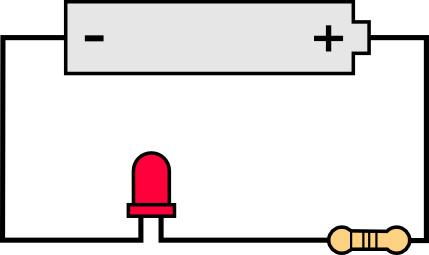
Figure no 3 LED light connection
Step 5) Testing the Connection: Now, please turn on the power supply and test the circuit. The LED should glow if it is correctly connected.
Step 6) Securing the Wiring: After successfully testing the circumstances to be satisfied, solder the incomplete connections. Apart from this, use either heat-shrink insulation tubing or electrical tape to insulate the wires for safety.
Step 7) Positioning the LED: Securely place the LED indicator in its designed position to ensure maximum visibility and functionality.
4) Types of LED indicator lights
There are many types of LED indicator lights present in the market. Some important of them are discussed under;
i) Single-colour LED indicator lights: These lights contain an LED component that emits a light of a particular colour. Examples include red, green, or blue lights. They act as indicators to provide information on whether the power is on or off or to warn users of specific situations.

Figure no 4 Single colour light
ii) Bi-Color LED Indicator Lights: These LEDs can produce two colours depending on the wiring; for example, Red and Green. Most of the time they are used for a changing status indication, for example, a device is charging (red) and a device is fully charged (green).
iii) Multi-Color LED Indicator Lights: Multi-color LEDs can have a variety of different colours. They are used for rather sophisticated signalling requirements, often indicating the extra status available in an embedded device. For instance, a blue LED will be on when a unit is functioning normally, yellow in case of a warning and red for an error.
iv) Flashing LED Indicator Lights: These are the LED lights that are utilized in a device in which a feature has been enabled to blink on and off. Sometimes, it is to get attention or signify some urgent need. Most fire alerts etc. use these flashing LEDs.
v) Panel-Mount LED Indicator Lights: These are installed on- panels, control boards, and dashboards. These are commonly used in industries and automobiles for indication of system or operational conditions.
5) How to choose the suitable LED indicator light for your application?
To assist your assessment in picking the correct LED for your needs, consider the following factors:
? Objective: Focus on what the LED indicator will represent – power status, an alert, or general status indicators. Pick an LED that represents the requirements of your signal application best.
? Dimensions and other attributes: First determine where the LED will be located. Utilize panel-mounted indicators for control panels or dashboards while utilizing the compact LED for electronic devices.
? Significance: Different colours represent different messages: red is a warning, green: is operational, and blue or white: is a general indicator.
? Рассмотрите сопротивление давлению: лучше всего выбрать светодиодный светильник с высоким рейтингом сопротивления. Вы знаете, что это необходимо, особенно если он должен функционировать в местах с вибрацией, влажностью или суровыми условиями.
Экономия : особенно в устройствах с батарейным питанием, энергосберегающие светодиоды являются критически важным требованием, поскольку они потребляют меньший ток и работают дольше.
Если вы ищете высококачественные светодиодные индикаторы, то GQELE — один из таких поставщиков. Они могут помочь вам пройти широкий выбор светодиодных индикаторов для конкретной точной цели, которая вам нужна. Продукция GQELE производится для удовлетворения широкого спектра функций, экологических условий и характеристик мощности.
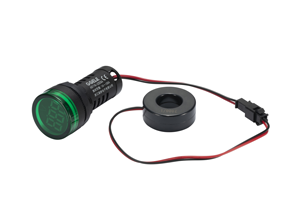
Рисунок № 5. Светодиодный индикатор GQELE
6) Заключительные слова
Подводя итог, важно помнить, какой светодиодный индикатор выбрать, чтобы обеспечить максимальную эффективность коммуникации в вашем приложении. Полезно выяснить приложение, размеры, цвет и то, насколько прочным или эффективным он должен быть. Для надежных и высококачественных светодиодных индикаторов GQELE предлагает хороший выбор, поскольку они производят устройства для различных применений, таких как промышленность, автомобилестроение и коммерческий сектор. Сделайте правильный выбор сегодня, чтобы получить наилучший результат в будущем. Удачи!

